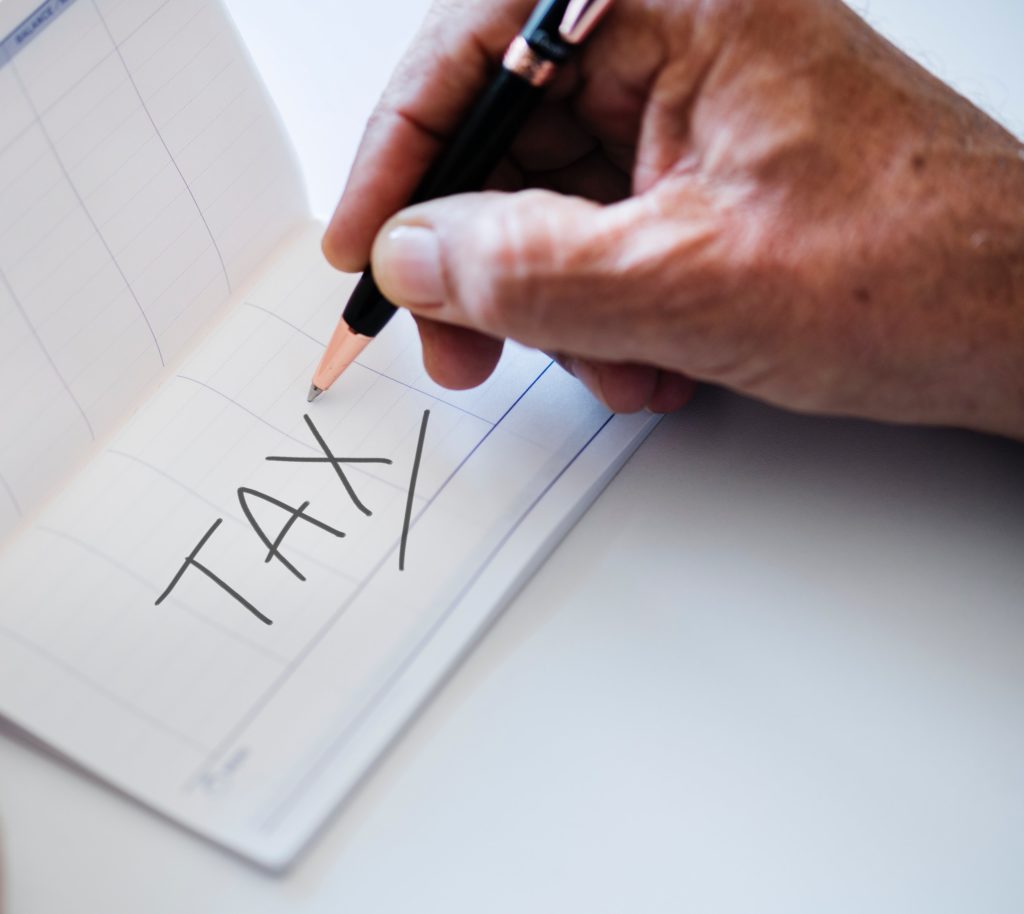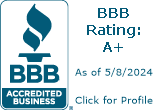The Tax Cuts and Jobs Act of 2017 changed a lot of things for a lot of tax payers. Tax savings are always a high priority. Many citizens were excited to find that the standard deduction had been nearly doubled by Congress, possibly lowering tax bills and increasing refunds. However, many citizens discovered something new when filing taxes this year. The higher standard deduction makes it more practical to take the standard deduction instead of itemizing. But with that higher standardized deduction, certain expenses that would be used as a write off are no longer helpful in lowering your tax bill.
If you’re taking the standard deduction, you can no longer itemize:
- Mortgage interest
- Medical expenses
- Charitable contributions
- Investment interest expense
- Home equity loan under $100,000 (unless the money is used to substantially increase the value of your home)
- Tax prep fees
- Work Expenses not reimbursed by employer
For many citizens, using these tax deductions was helpful in lowering the amount of taxes you owe. As with any changes to the tax code, it’s important to work with a financial professional to run your numbers and identify your potential tax savings. Make sure you know if it’s better to take the higher standard deduction, or continue to itemize.
 How can I get tax savings if I’m not itemizing?
How can I get tax savings if I’m not itemizing?
What is the best way to lower your tax bill and save on the amount of taxes you pay, if you’re taking the higher standard deduction and not itemizing? Well, if you have a Solo 401k, that means you already have a business, so there are several ways to help minimize your self-employment taxes. Work with your tax preparer to determine if you can deduct:
- Business mileage
- Home office expenses
- Self-employed health insurance
- Business Loan interest
- Contributions to a retirement plan
All of those deductions can really add up to significant tax savings.
Get Tax Savings from Contributing to a Retirement Plan
If you qualify for a Solo 401k, you’ve already unlocked the rewards of high contribution limits with a Solo 401k. If you’re age 50 or older, you can contribute up to $62,000. For those under age 50, you can contribute up to $56,000. This can add up to significant tax savings.
If you run a business on your own, but also work as an employee for another company, and they have a 401(k) plan, you can contribute to both plans. Keep in mind that the employee contribution amount of $19,000 is for all employee contributions across the board. If you can make catch-up contributions because you’re age 50 or older – that employee contribution amount totals $25,000.
Let’s look at the example of Tom. Tom works at Workers Galore Company where he receives a W-2. Workers Galore Company has a 401(k) plan they offer with a 5% employer match.
Tom contributes $15,000 as an employee and his employer contributes $750 as the employer match portion.
With the business Tom runs as a sole proprietor, he earned $60,000. So Tom can contribute up to $4,000 in employee contributions with his Solo 401k and up to $11,152 in employer contributions. The amounts that Tom has contributed can be used as tax deductions to lower his tax bill in 2020 and save him a good bit of money.
Use Your tax Refund to Help Save for Retirement
Many Americans count on their annual tax refund to catch up on bills, pay off high balance credit cards, medical expenses or necessary repairs. While it may not always be possible to save that tax refund, it’s a great strategy to put it towards retirement.
Consider using your tax refund in this way:
Pay your monthly bills (utilities, rent, groceries, etc) with your tax refund. Then take your income, and use as much as you can as a contribution to your retirement account(s)! The sooner you put that money to work investing for you, the more gains you’ll receive from it, so if you can make your contributions earlier in the year, you may be better off than waiting until filing your taxes next year.

 How can I get tax savings if I’m not itemizing?
How can I get tax savings if I’m not itemizing?



